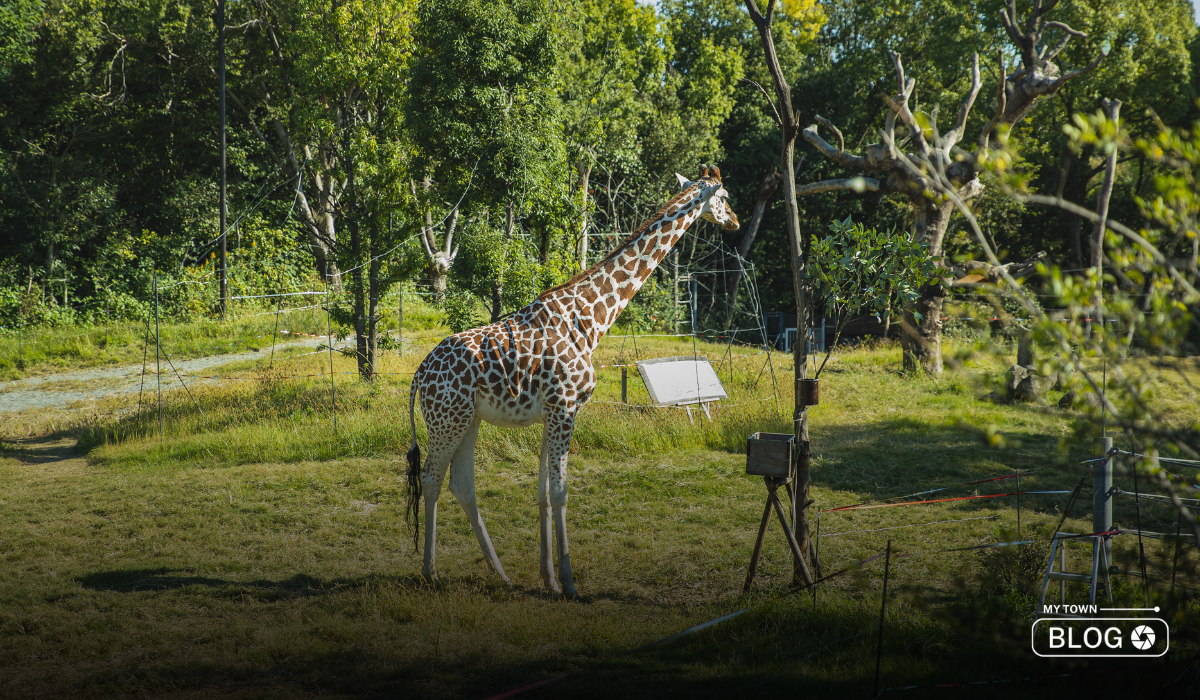Nature has innumerable species, and it’s our duty to conserve it. That’s why we have national parks and wildlife sanctuaries—two most important conservation areas that maintain biodiversity. These reserves provide a sanctuary for wildlife, avoid habitat loss, and provide a balanced ecosystem for generations to come. But what is the actual difference between them? Let’s simplify it for you.
What is a National Park? Definition and Purpose
A national park is a government-created protected area where wildlife, landscapes, and ecosystems are preserved. Human activities are limited in these parks to avoid disturbing nature. Some of the most popular national parks, including Yellowstone (USA) and Jim Corbett (India), are great destinations for eco-tourism.
Key Features of National Parks:
- No human settlements allowed
- Strict rules against hunting, poaching, or exploitation
- Focus on conserving entire ecosystems
- Managed by government authorities
- Examples: Yellowstone National Park (USA), Kaziranga National Park (India)
National parks are also areas of scientific research, where ecologists and conservationists research different species, track climate change, and introduce conservation measures. The limitations on commercial and industrial activities guarantee that these places remain untouched and continue to support multiple ecosystems.
What is a Wildlife Sanctuary? Definition and Role
A wildlife sanctuary is a set area where wildlife and their ecosystems are safeguarded from poaching and hunting but restricted human activity can be practiced. In contrast to national parks, some practices such as grazing and tourism might be tolerated subject to regulation.
Wildlife sanctuaries tend to serve as buffer areas for threatened species and permit a more relaxed method of conservation. They offer an important haven for animals while making room for sustainable human activities. Certain sanctuaries also have close cooperation with local communities so that conservation activity is in agreement with their customary way of life.
Key Features of Wildlife Sanctuaries:
- Some human activities may be allowed
- Focus on protecting specific species rather than entire ecosystems
- Less restrictive than national parks
- Examples: Bharatpur Bird Sanctuary (India), Maasai Mara National Reserve (Kenya)
Difference Between National Park and Wildlife Sanctuary
While both aim to protect wildlife, there are key differences:
| Feature | National Park | Wildlife Sanctuary |
| Human Activities | Strictly prohibited | Some activities allowed |
| Management | Government-controlled | Government or private ownership |
| Conservation Focus | Ecosystems & landscapes | Specific species protection |
| Hunting & Poaching | Strictly prohibited | Limited restrictions depending on the area |
| Example | Yellowstone, Jim Corbett | Bharatpur Bird Sanctuary, Maasai Mara |
National parks emphasize the conservation of entire ecosystems, so that plants and animals are allowed to thrive. Wildlife sanctuaries, however, are meant mainly to conserve specific species that might be endangered or under threat.
For instance, the Kaziranga National Park in India conserves the one-horned rhinoceros, and the Bharatpur Bird Sanctuary is a sanctuary for migratory birds.
Rules and Regulations: National Parks vs. Wildlife Sanctuaries
National Parks:
- No human settlements
- No commercial exploitation
- No hunting or poaching
- Government enforcement of strict conservation laws
Wildlife Sanctuaries:
- Some regulated human activities allowed
- Limited resource utilization
- Strict laws against poaching, but relaxed rules compared to national parks
Governments and conservation organizations collaborate to enforce the regulations. Offenders face punishments such as heavy fines and imprisonment. Illegal practices such as poaching and logging continue despite stringent laws, necessitating constant surveillance and robust law enforcement.
Biodiversity and Conservation: How These Protected Areas Differ
National parks aim to conserve entire ecosystems, so that every species, from the smallest insects to the biggest predators, is able to survive in a well-balanced ecosystem. National parks usually have keystone species which are responsible for maintaining ecological balance.
Wildlife sanctuaries, however, offer specialized protection to specific species that are endangered or vulnerable. They enable conservationists to concentrate on breeding programs and habitat restoration work targeting specific animals.
Also Read: Best Wildlife Sanctuaries to Explore in India During The Winter
A World Wildlife Fund (WWF) study discovered that protected environments minimize the loss of biodiversity by as much as 50% relative to non-protected areas. This identifies the crucial function played by wildlife sanctuaries and national parks in maintaining global biodiversity.
Human Activities: What is Allowed and Restricted?
In National Parks:
- Not Allowed: Hunting, poaching, logging, agriculture, and human settlements
- Allowed: Eco-tourism, research, and conservation efforts under strict supervision
In Wildlife Sanctuaries:
- Not Allowed: Poaching and illegal exploitation of resources
- Allowed: Limited tourism, grazing (in some cases), and human habitation in restricted areas
Examples of Famous National Parks and Wildlife Sanctuaries in the World
Famous National Parks:
- Yellowstone National Park (USA) – First national park in the world, known for geysers and wildlife
- Jim Corbett National Park (India) – Famous for Bengal tigers
- Serengeti National Park (Tanzania) – Hosts the great wildebeest migration
Famous Wildlife Sanctuaries:
- Bharatpur Bird Sanctuary (India) – A paradise for migratory birds
- Maasai Mara National Reserve (Kenya) – Home to lions, elephants, and wildebeests
- Sundarbans Wildlife Sanctuary (Bangladesh & India) – Protects the Royal Bengal Tiger
Importance of National Parks and Wildlife Sanctuaries in Ecosystem Conservation
- Protect endangered species like rhinos, tigers, and elephants
- Maintain ecological balance by preserving forests and wetlands
- Boost eco-tourism, creating economic opportunities
- Help in climate regulation by maintaining forests, which absorb carbon dioxide
- Support genetic diversity, ensuring species survival despite environmental changes
A study by the International Union for Conservation of Nature (IUCN) found that protected areas store over 15% of the world’s terrestrial carbon, reducing global warming effects.
Conclusion
Both national parks and wildlife sanctuaries have a key function to protect biodiversity. Both national park and wildlife sanctuary differ from each other based on protection level and human interference. National parks provide tight protection, whereas wildlife sanctuaries maintain a balance between nature conservation and human usage. Together, they secure that the next generations are able to experience nature’s beauty and variety.
FAQ’s
Can people live inside a national park?
No, human settlements are not allowed inside national parks to ensure strict protection of wildlife.
Are all national parks open to tourists?
Yes, but tourism activities are regulated to prevent disturbance to the ecosystem.
Can hunting be allowed in a wildlife sanctuary?
No, hunting is prohibited in wildlife sanctuaries, but some traditional activities may be allowed.
Which is more protected: a national park or a wildlife sanctuary?
National parks have stricter protection laws and restrictions compared to wildlife sanctuaries.








